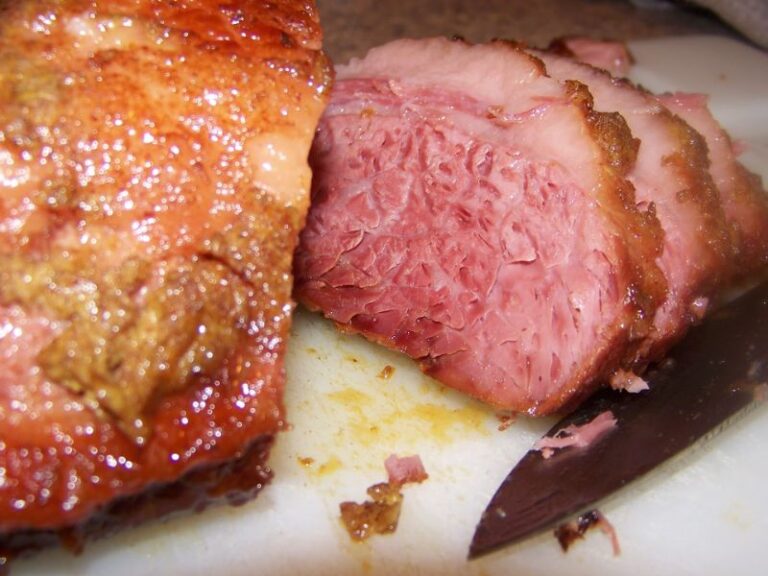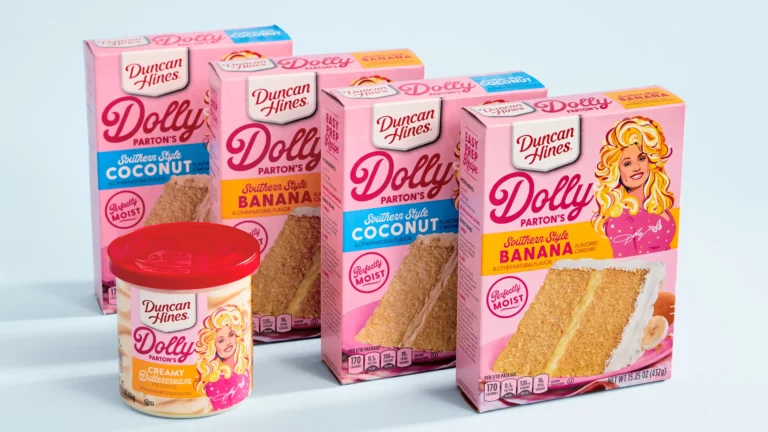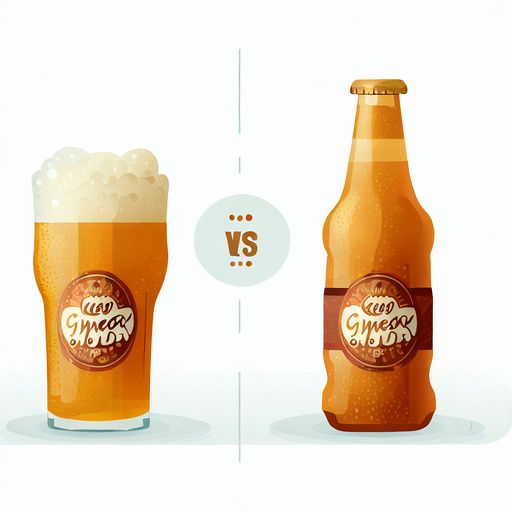Can You Freeze Prime Rib?
When it comes to prime rib, a mouthwatering and indulgent cut of beef, the question often arises: can you freeze prime rib? Proper storage is crucial for preserving the quality of this prized meat and saving money. In this article, we will explore the ins and outs of freezing prime rib and provide helpful tips to ensure you can enjoy this delectable dish whenever the craving strikes.
What Is Prime Rib?
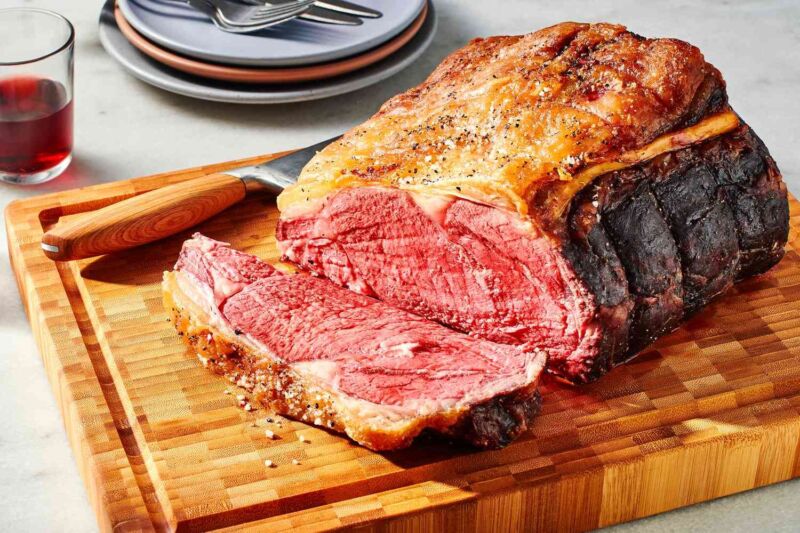
Before we delve into the freezing process, let’s understand what prime rib is. The prime rib roast is a highly sought-after cut of beef known for its tenderness and exceptional flavor. It is derived from the cow’s rib section, specifically the primal rib area.
The number of ribs can vary, typically from two to seven, with the most common cuts being three or four ribs. It’s important to note that “prime rib” refers to the cut of meat and doesn’t necessarily mean it is prime-grade beef.
Why Is Prime Rib More Expensive?
You may wonder why prime rib tends to be more expensive than other beef cuts. The answer lies in its unique characteristics. Prime rib boasts a generous amount of marbling, which refers to the creamy, intramuscular fat distributed throughout the meat.
This marbling significantly enhances the texture, flavor, and tenderness of the prime rib. The abundance of fat in prime rib leads to its elevated price, as fat is a desirable trait in terms of taste and mouthfeel. Additionally, prime rib cuts are limited in availability, leading to higher demand and ultimately driving the price.
Can You Freeze Prime Rib?
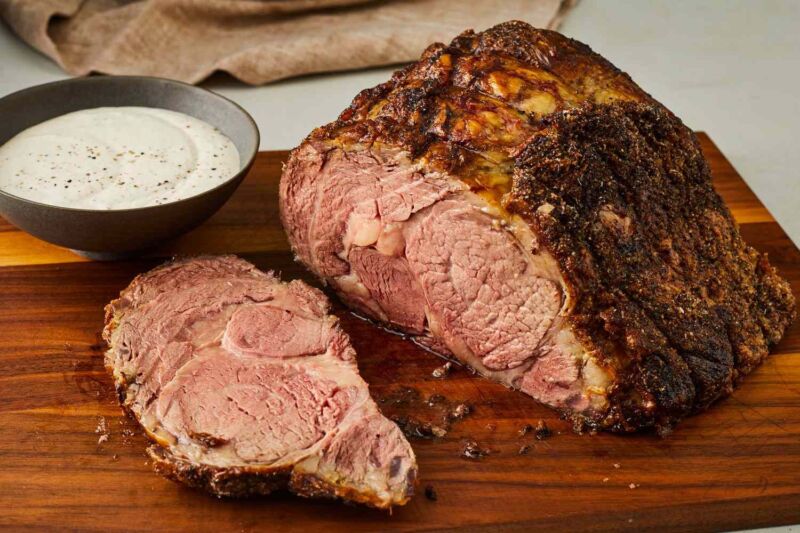
The good news is that raw and cooked prime ribs can be frozen successfully. Freezing prime rib allows you to extend its shelf life and enjoy this tasty meat conveniently. However, proper storage techniques and precautions are necessary to maintain its quality.
When it comes to raw prime rib, it’s important to note that freezing can cause slight changes in texture. The freezing process can cause some moisture to be drawn out of the meat, potentially leading to a loss of tenderness.
It is recommended not to season the prime rib before freezing to minimize this, as seasonings can further contribute to texture changes. Additionally, fat leakage is a common concern during freezing. To prevent this, wrapping the prime rib tightly in appropriate packaging is crucial, as ensuring a secure seal prevents air or moisture from entering.
Freezing Raw Prime Ribs
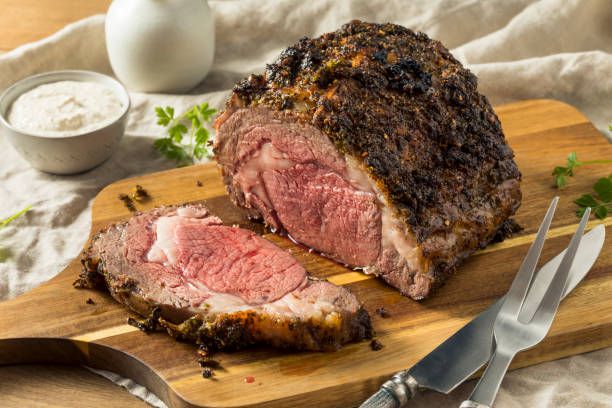
To freeze raw prime rib properly, follow these steps:
- Portion the prime rib: If your prime rib is a large roast, consider portioning it into smaller cuts that suit your needs. This allows for easier thawing and reduces waste.
- Package and wrap: Individually wrap each portion of prime rib tightly in plastic wrap or aluminum foil. Then, place the wrapped portions in a heavy-duty freezer bag or airtight container.
- Label and date: Remember to label each package with the freezing date to keep track of its freshness. This will help you maintain an organized freezer inventory.
Defrosting Raw Prime Rib
When you’re ready to cook your frozen prime rib, it is advisable to thaw it before cooking. Thawing allows for more even cooking and helps preserve the meat’s moisture. Here are a few thawing options:
- Overnight in the fridge: The safest and recommended method is to thaw the prime rib overnight in the refrigerator. This slow thawing process ensures a gradual temperature change and minimizes the risk of bacterial growth.
- In the sink: If you’re in a time crunch, you can thaw the prime rib in the sink by placing it in a leak-proof plastic bag and submerging it in cold water. Change the water every 30 minutes to maintain a safe temperature.
- Using a microwave: While it’s possible to thaw prime rib in the microwave, following the microwave manufacturer’s instructions and using the defrost setting is essential. Keep in mind that this method may result in slightly uneven thawing.
Cooking Frozen Prime Rib
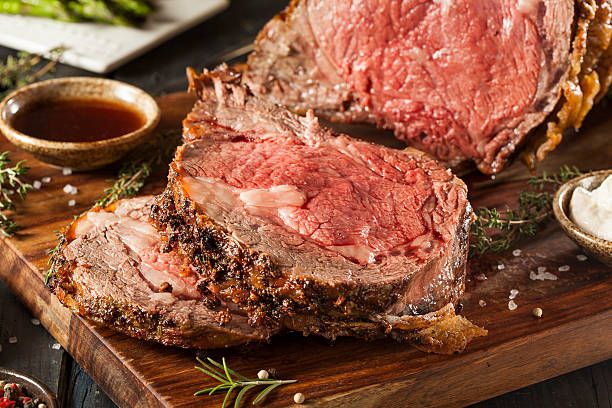
Cooking frozen prime rib is entirely possible and even offers certain advantages. Slow cooking methods, such as roasting or using a slow cooker, are particularly suitable for frozen prime rib. These methods allow the meat to thaw and cook gradually, producing a tender and juicy final product. Direct oven cooking is also an option, although it may require slightly longer cooking times.
To ensure your prime rib is cooked perfectly, use a meat thermometer to monitor the internal temperature. This will help you achieve your desired level of doneness and ensure food safety.
Can You Freeze Cooked Prime Ribs?
If you have a leftover cooked prime rib or want to prepare it in advance, freezing it is a great option to avoid food spoilage. However, it’s crucial to cool the cooked prime rib properly before freezing to reduce the risk of bacterial growth. Once cooled, remove any excess fat or bones from the meat. Then, wrap it tightly in plastic or aluminum foil, then place it in airtight freezer bags or containers. Remember to label and date each package.
Reheating Cooked Prime Rib
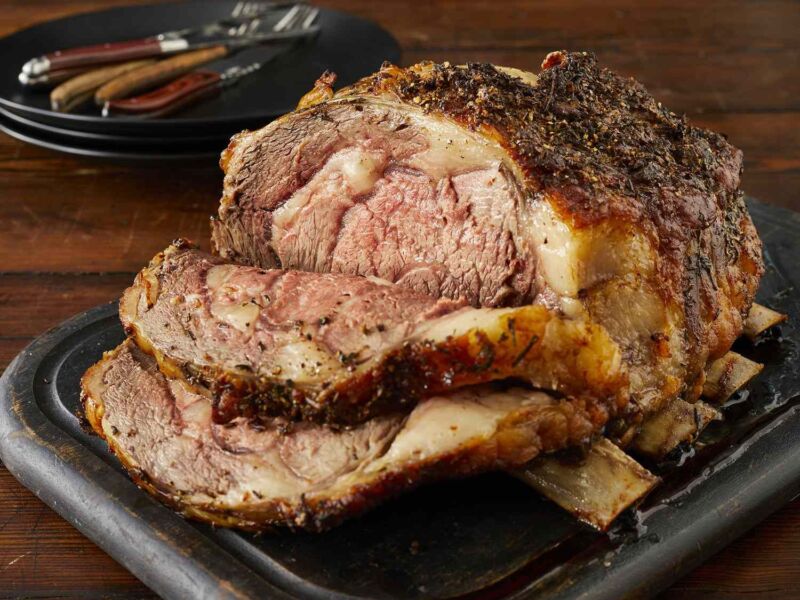
Reheating cooked prime rib can be challenging as you want to preserve its moisture and flavor. Here are a few recommended methods:
- Stovetop steaming: Place the frozen prime rib in a steamer basket or colander over boiling water. Cover and steam until heated through, periodically checking the internal temperature.
- Oven reheating: Preheat your oven to a low temperature of around 250°F (120°C). Place the frozen prime rib on a baking sheet and cover it loosely with foil. Heat in the oven until warm to your desired temperature.
- Sous vide method: If you have sous vide machine, this method provides precise control over the reheating process. Vacuum-seal the frozen prime rib and immerse it in a water bath set to the desired temperature. Allow it to heat gradually until warmed throughout.
Conclusion
Freezing prime rib is an excellent way to extend its shelf life and ensure you can enjoy this succulent meat at your convenience. You can maintain the quality and flavor of the prime rib by following proper storage techniques and employing the correct methods for freezing, thawing, cooking, and reheating. Whether planning a special occasion or craving a comforting meal, freezing prime rib opens up a world of possibilities, allowing you to savor its exceptional taste whenever you desire. So go ahead, stock up, and enjoy the flexibility of cooking frozen prime rib with confidence!


